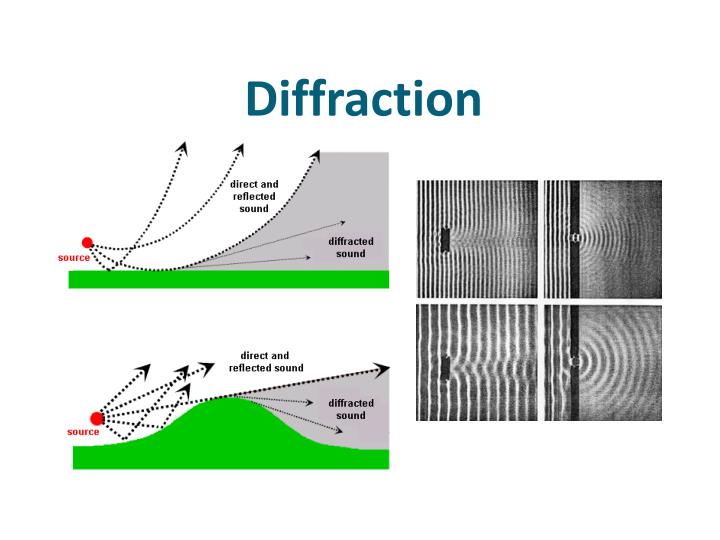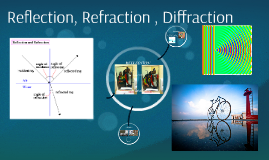
The main signal dissipates into multiple reflected signals causing substantial signal downgrade and may cause loss of received signal. RF encounters some type of uneven surface and is reflected into multiple directions. Occurs when a signals wavelength is larger than pieces of a medium the signal is reflecting from or passing through. RF shadow can occur causing dead coverage zones or receive degraded signals. Characteristics of the obstructing object:ĭiffraction is caused by some sort of partial blockage such as a small hill or building that is between a transmitting radio and receiver.Causes:Ĭonditions that must be met for diffraction to occur. When a wave is refracted at an interface. The waves that do not encounter the object do not bend and maintain a shorter and original path. When a wave is reflected from an interface, part of the energy is thrown back and does not pass through the interface. The waves that encounter the object bend around the object, taking a longer and different path. May cause lower data rates, re-transmissions and lead to reduced capacity.ĭiffraction is the bending and spreading around of an RF signal when it encounters an obstruction. k-factor 4/3 = Normal atmospheric conditions.k-factor 1 = Signal bending toward the earth.A k-factor is simply a value to represent the bend that is occurring. This states that light travels in straight lines and reflects from a surface at the same angle at which it hit it. The Ancient Greek mathematician Euclid described the law of reflection in about 300 BCE. Refraction is measured based on the k-factor. Reflection, Refraction, and Diffraction Book Contents Chapter Contents. This typically can happen as the RF signal passes through a medium with a different density, thus causing the direction of the wave to change.Ī change in refraction can typically appear when dealing with long-distance outdoor bridge links. Causes:Ĭreates multipath, which can degrade the strength and quality of the received signal as well as cause data corruption or cancel signals.


If portions of the wave are reflected, new wave fronts appear from the reflection points. When a wave hits a smooth object that is larger than the wave itself, depending on the media, the wave may bounce in another direction.Īs a wave radiates from an antenna, it broadens and disperses.


 0 kommentar(er)
0 kommentar(er)
